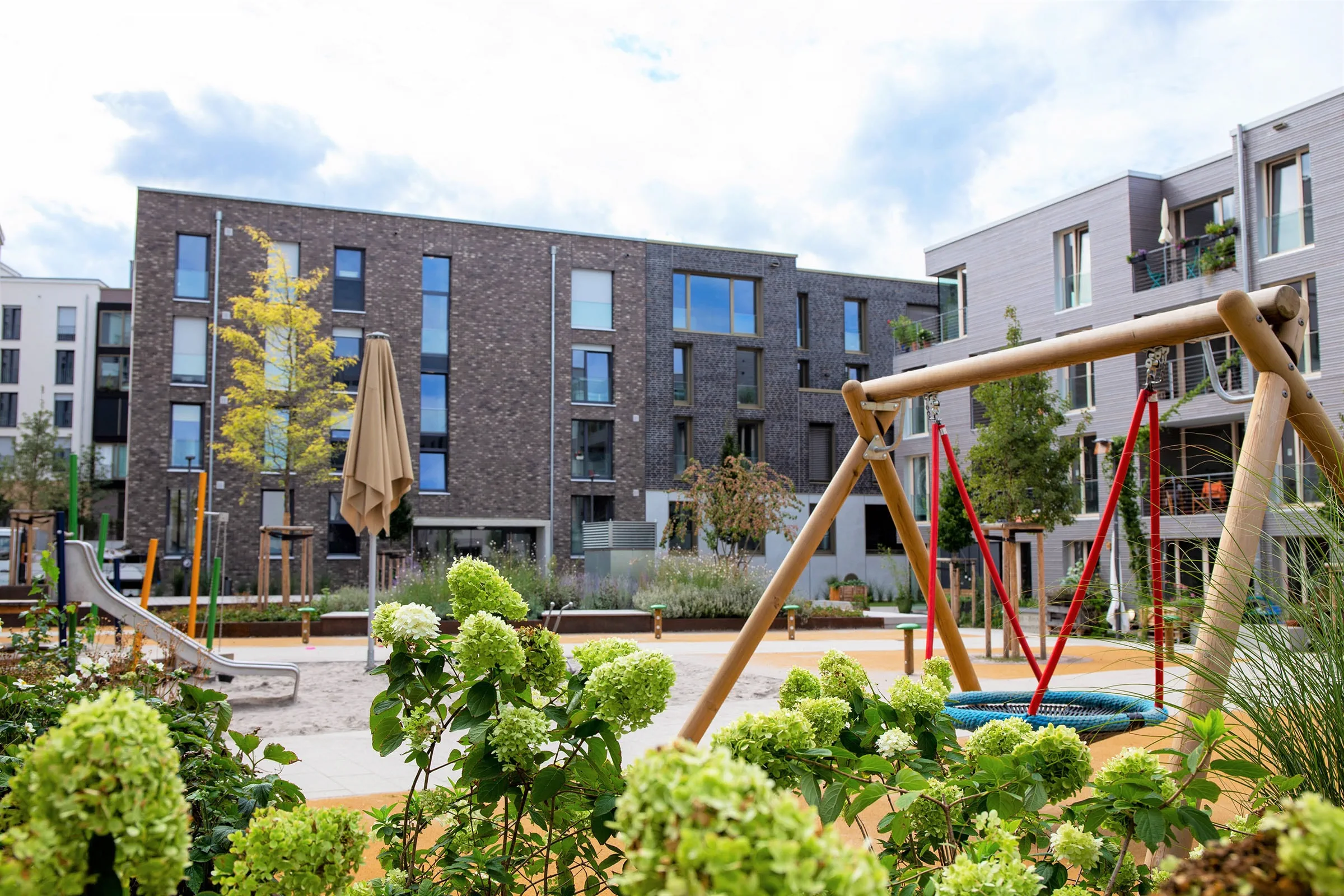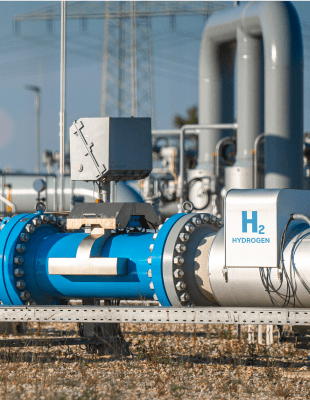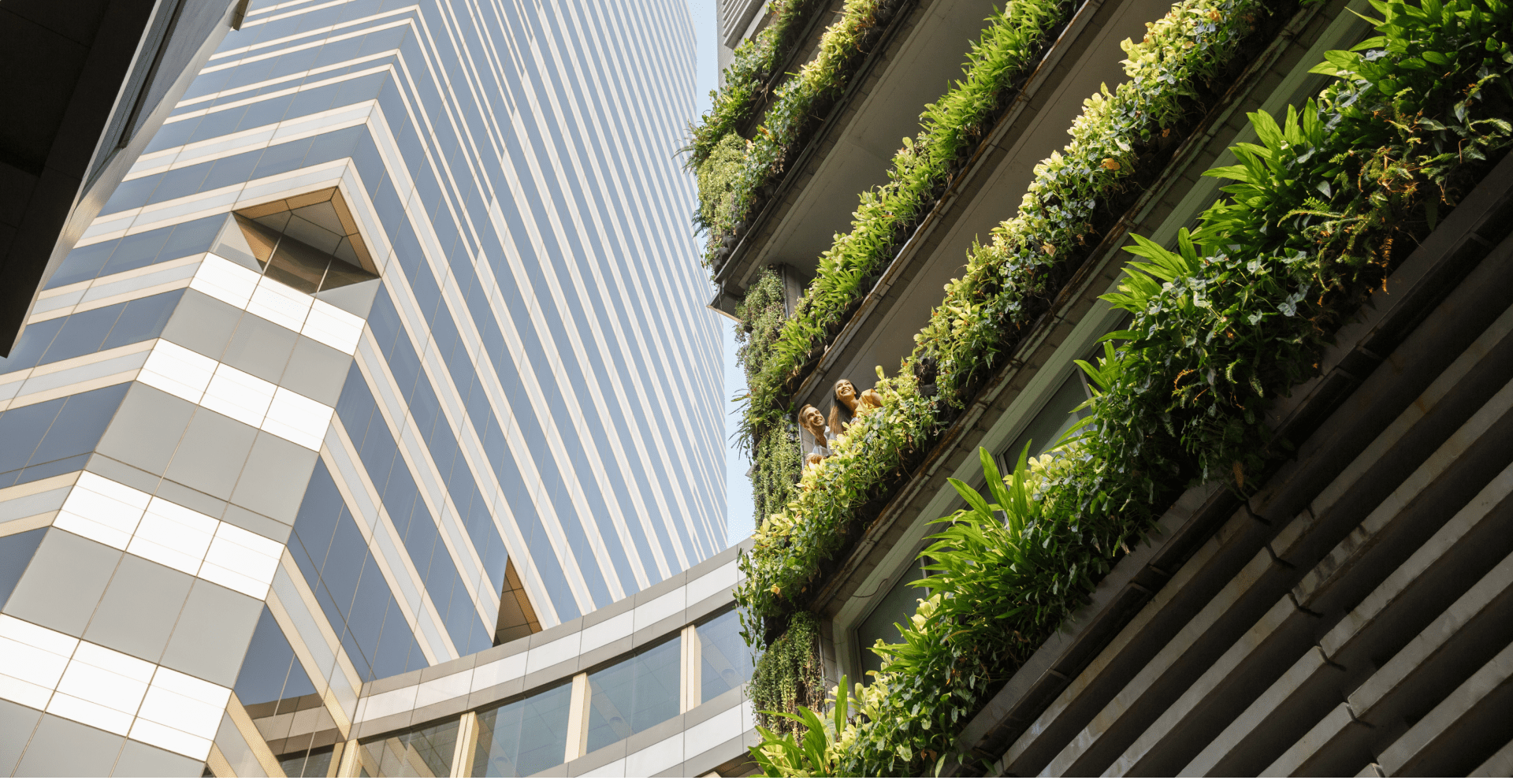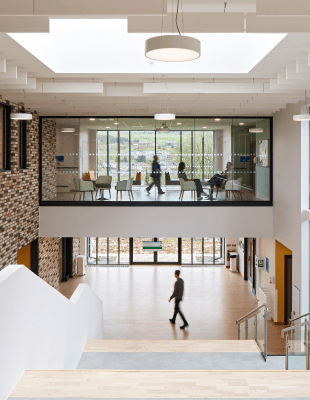Table of Contents
The challenge
The primary objectives of the Stuttgart authorities were to avoid resealing ground and to use the site to boost sustainable urban development in the city.
224
The challenge
In 2014, the city of Stuttgart found itself in the midst of a unique urban development opportunity. In one of the largest historic areas in Germany, the modest post-war architecture of the Olga hospital had long looked out of place alongside the surrounding restored buildings dating back to the end of the 19th century. When the hospital was incorporated into Stuttgart's central hospital, the old buildings could be demolished and the site could be restored to prepare the freed-up space for redevelopment.
-
Read more
From the very beginning, the conversion project set high standards for sustainability and climate protection, as well as high quality in terms of urban planning and social aspects. With the support of Stuttgart's citizens—who participated in the decision-making process in an exemplary fashion—the city created a future-oriented quarter in an attractive and central location, setting new standards in energy efficiency, sustainability, social and functional diversity, and cooperative models of development.
The solution
The clearing of the former hospital site and the demolition of its modest post-war architecture created an opportunity to build a new residential quarter.
50%
The solution
Working in close collaboration with the city of Stuttgart and the involved authorities, Arcadis managed all planning, tendering and monitoring processes for the demolition and site clearing project. Given the inner-city location of the site—which had a surface area of 16,000 square meters and 210,000 cubic meters of buildings that measured up to 40 meters in height, all nestled among residential developments—this was an enormous challenge.
Before demolition could commence, the buildings were checked for hazardous substances and all such substances were removed. Extensive emission prevention measures (including protection against dust and noise) were required during the demolition work. The site was also considered an unexploded bomb risk, so each ground intervention required special safety measures. For structural reasons, part of the old building had to be left intact and secured. Groundwater dewatering was required throughout the project, as some of the buildings on the site had up to three levels of basements below ground level.
-
Read more
The Olga site is a milestone for sustainability and participation in urban planning
What makes the project so unique is the level of engagement from the public in all of the work at the site. At an early stage, the city authorities decided to respond to the citizens' wish to be involved with an open and inclusive development and planning process.
For all of those involved, it was evident early on that this conversion project would need to meet the same high standards in terms of sustainability and climate protection as it would for urban planning and social aspects. The choice of location in itself was a choice for sustainable urban planning, and the focus was on sustainability throughout the design and realization phases. Energy efficiency is just one example: The city and utilities providers worked together to realize the city's first photovoltaic system with a peak output of 280 kW, for the direct use of the residents of the development. A combined heat and power plant with an unrivaled carbon footprint generates an additional 207 kW of thermal power and 822,000 kWh of electricity. With the outstanding energy efficiency of the new buildings, the project is a shining example of how the energy transition can work on a local level.

The impact
Today, the site is an attractive and centrally located, forward-looking part of the city that sets new benchmarks in terms of energy efficiency, sustainability, social and functional diversity, and cooperative development models.
210,000 m³
The impact
Through the restoration of the former Olga hospital site, west Stuttgart has gained an attractive new development location. On four construction sites, real estate developers and joint building ventures built 224 residential units, 50% of which are publicly subsidized. The kindergarten, community center, stores, homes and open spaces are now filled with life, proving that this ambitious approach to urban space recycling has paid off — not just for those directly involved, but for the entire city.
-
Read more
The site's Polis Award nomination is testament to the commitment of the engaged citizens of Stuttgart and its decision-makers. It also serves as motivation for a future in which resource-conserving space management and sustainable, cooperative, participatory and socially balanced inner-city regeneration projects will become ever-more common. These projects are the nucleus of the livable and resilient cities of the future.
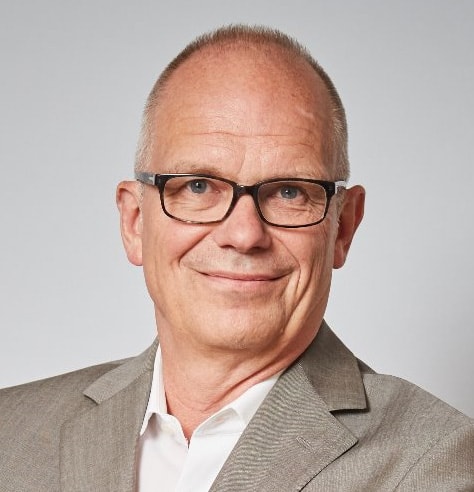
Not done reading?
This also might be interesting for you
- Related Projects
- Related Insights
- Related Blogs


